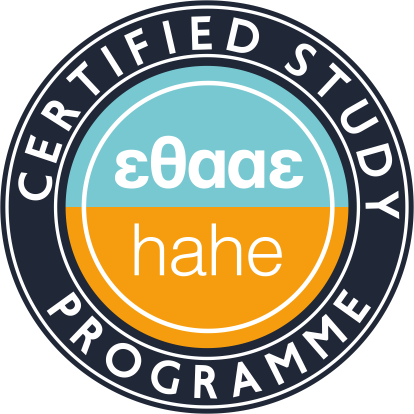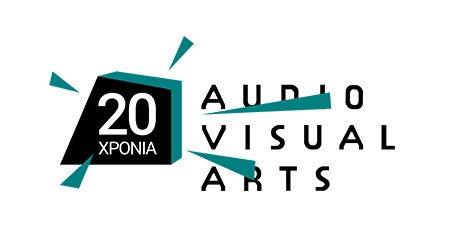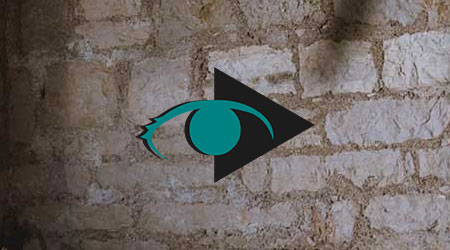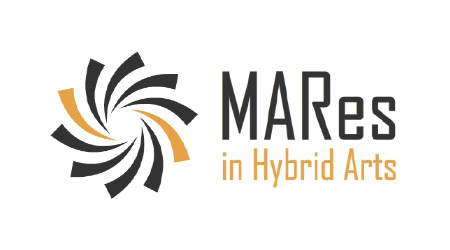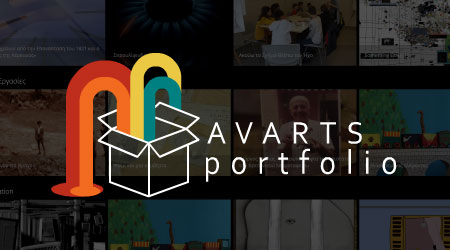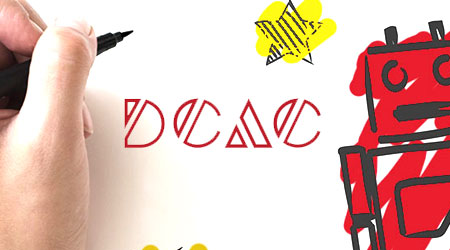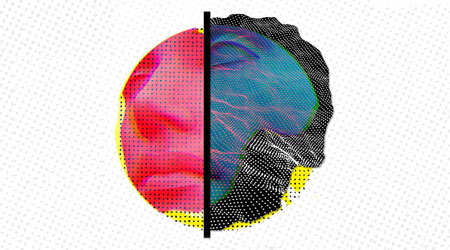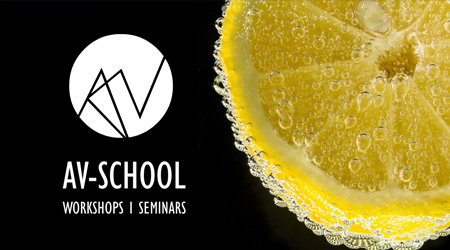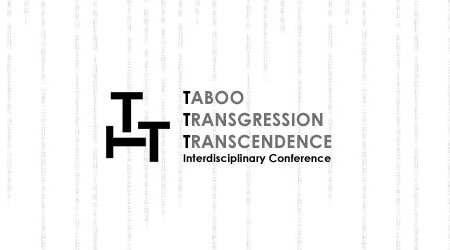Soundtrack Techniques
Teaching Staff: Loufopoulos Apostolos
Course Code: AUD820
Course Category: Specific Background
Course Type: Elective
Course Level: Undergraduate
Course Language: Greek
Delivery method: Lectures
Semester: 8th
ECTS: 4
Teaching Units: 2
Teaching Hours: 2
E Class Page: https://e-class.ionio.gr/courses/DAVA322
Teaching Structure:
| Activity | Semester Workload |
|---|---|
| Lab Lectures | 26 |
| Literature Study and Analysis | 48 |
| Practice and Preparation | 26 |
| Course Total (ECTS: 4) | 100 |
Prerequisite to / Recommended to: (AVA941), (TEC999)
This course relates to soundtrack techniques for a variety of audiovisual genres. Students familiarise with this knowledge both ion theory and practise. Reference to historic backgrounds and technologies for connecting sound with image, together with aesthetic tendencies and the development of mediums and methods. Sound in theatre, cinema, animation, multimedia, video art. Practical familiarisation with soundtrack prodecures through personal projects. Practises of foley techniques and creative use of sound samples for soundtrack mixing.
The course aims at the creative use of knowledge gained at the previous semesters with regard to sound, and its potentiality to connect with image. Techniques of synchronization, mixing, foley etx., and aesthetics regarding audiovisual correlation, are explored with regard to various artistic styles and applications, in experimental and commercial domains, and in theory and practise. At the end of the semester students have been engaged practically with a complete procedure of creating soundtracks (sound design, sound effects, underscoring, musical mixing, sound for video art) for a variety of audiovisual genres, though their final projects, which are supervised and discussed in class.
1st Week: Introduction, course description, terminology
2nd Week: Historic background (A): Theatre and live creation of sound, reference to foley techniques, sound performance based on visual action.
3rd Week: Historic background (B): Cinema and film making: history of recording and synchronization systems (kinetophone, phonofilm, vitaphone, photophone, movietone) and the influence of technological development on sound and musical structuring.
4th Week: Historic background (C) Cinema and music background. Bird and development of film music according to descriptive needs. Musical scoring and sound effects, underscoring, mickey-mousing, examples.
5th Week: Cartoons, now and then. Foley techniques, sound constructions, live performance, overdubbing. Technological development towards the modern era. Projection of works and student projects.
6th Week: soundtrack techniques for other mediums: television, video games, multimedia. Comparison between methods and aims. Fixed and interactive mediums.
7th Week: Surround sound: systems and hitoric development. Multichannel mixing and sound immersion in relation to visual needs.
8th Week: Sound and video art. Examples, presentation of artists. Electroacoustic music language and sound design in correlation with visual elements.
9th Week: supervision of progress essays.
10th Week: student presentations (A): Supervision of final projects, exchange of ideas, discussion
11th Week: student presentations (A): Supervision of final projects, exchange of ideas, discussion
12th Week: Revision
13th Week: Final presentation of projects, projection of works in the form of artistic event.
Lotis, T., Diamantopoulos, T., 2015. Music Informatics and Music with Computers. Athens, Academic Publishers. http://hdl.handle.net/11419/4920
Kyriakoulakos, P., Kalambakas, E., 2015. Sound and Sound Design. (in Kyriakoulakos, P., Kalambakas, E., 2015. The audiovisual construction). Athens, Academic Publishers. http://hdl.handle.net/11419/3876
Theory is taught via multimedia presentations, which are available online through the e-class platform. On a practical basis, students familiarise with recording, editing, mixing, and audiovisual synchronization techniques through their personal projects, which are projected and discussed in class throughout the semester (peer-to-peer knowledge exchange). The final projects involve soundtrack creations for animation, film and video art.
Enhanced by multimedia content.
The learning process is supported by the asyncrhonous e-learning platform e-class.
Examination is made through a final project (3 soundtrack creations on existing videos) which is given at the end of semester as a video file, accompanied by a written supporting document. The student's progress throughout the semester and activity in class are also appreciated.
Back
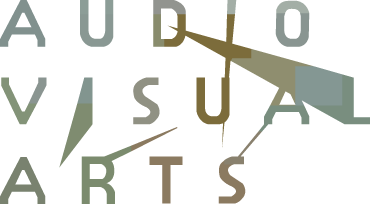


 Soundtrack Techniques
Soundtrack Techniques